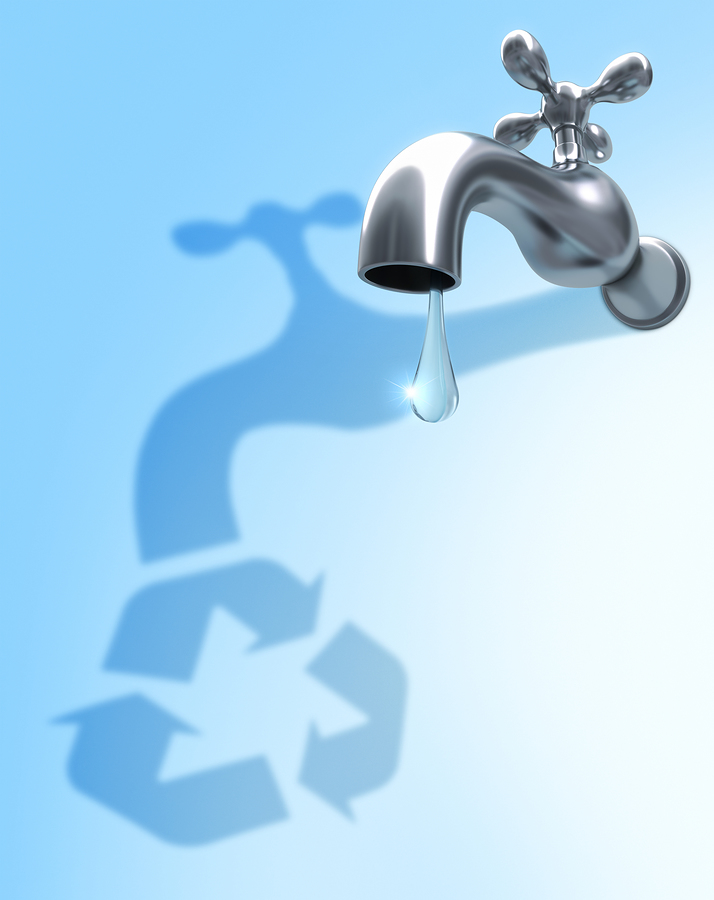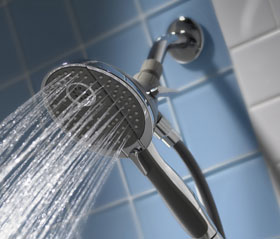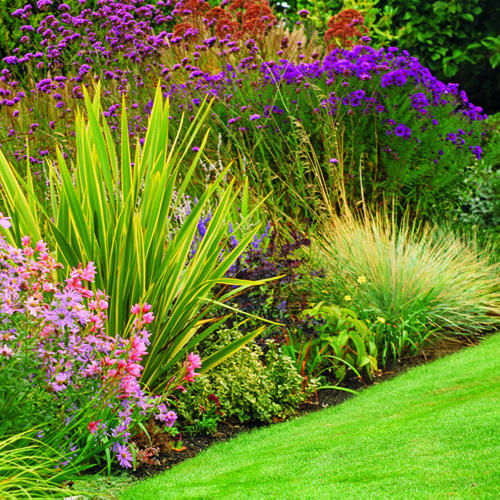 More and more southeastern Massachusetts rivers and streams are running dry or close to it every year. Nearly all our communities are now placing restrictions on outdoor watering in the summer. As the fastest growing region in the state, demand for water can only increase. Constructing new wells and treatment plants can cost multiple millions, and in most cases only means putting another straw in the same underground “aquifers” that are already running dry. More pumping does not provide “new” water, but it further reduces stream flows and harms critical natural habitats. Reducing water demand by increasing water efficiency and eliminating waste will cost far less and be more environmentally sound.
More and more southeastern Massachusetts rivers and streams are running dry or close to it every year. Nearly all our communities are now placing restrictions on outdoor watering in the summer. As the fastest growing region in the state, demand for water can only increase. Constructing new wells and treatment plants can cost multiple millions, and in most cases only means putting another straw in the same underground “aquifers” that are already running dry. More pumping does not provide “new” water, but it further reduces stream flows and harms critical natural habitats. Reducing water demand by increasing water efficiency and eliminating waste will cost far less and be more environmentally sound.
Your family (individually and together with your neighbors) can help maintain our drinking water supplies and ensure that rivers, streams and ponds have enough water for fish, wildlife and boating. Try the NEW water footprint calculator to calculate your water footprint and learn easy ways to reduce your water use.
Indoors:
Here, in order, is what uses the most water and what you can do to stop wasting it:
TOILETS – If you’ve got an old toilet using more than 1.6 gallons per flush, replace it with one using 1.28. It will pay for itself in just a few years.
WASHING MACHINES – Make sure your washing machine is full before running it. If you need a new one, get one with an Energy Star water factor or 6.0 or less.
 SHOWERS – Buy a low flow (1.75 gallon per minute) shower head. It costs $10 to $20 and is simple to install. Limit shower times to a length you find reasonable.
SHOWERS – Buy a low flow (1.75 gallon per minute) shower head. It costs $10 to $20 and is simple to install. Limit shower times to a length you find reasonable.
FAUCETS – Buy aerators for about $2 apiece and put them on each faucet.
LEAKS – Get them fixed!
Recycle wastewater for additional uses. Treated wastewater — particularly “greywater” from showers and sinks — can also be used to irrigate lawns and plants or as “cooling water” in air conditioning systems. Even wastewater from urinals in large buildings can be cleaned and used again (as it is at Gillette Stadium and at the Wrentham Mall, among many others).3
In the Yard:
- Don’t assume that your lawn needs water. Step on a patch of grass; if it springs back, it doesn’t need water.
- Pay attention to the weather forecast before you run your sprinkler. A lawn needs only about 1 inch of water per week from rain/irrigation to stay green.
- Prevent runoff by ensuring that sprinklers spray lawns and gardens, not sidewalks or driveways.
- Upgrade to a weather or moisture based irrigation controller that will automatically track the weather for you and apply just the right amount of water.
- Maintain irrigation systems on a regular basis to catch leaks and ensure even distribution of water. Do a thorough tune up and leak check each spring.
- If you work with an irrigation professional, make sure they are recognized as an official WaterSense Irrigation Partner. www.epa.gov/watersense/meet_our_partners.html
- Avoid evaporation by not irrigating when it’s windy, or in the middle of the day.
- Keep a rain gauge in the yard to monitor precipitation.
- Aerate your lawn to improve drainage and allow roots to absorb more water.
- Create a layer of rich, organic loam 6” to 8” thick to retain moisture and encourage deep roots by top dressing with compost.
- Supplement topsoil by letting grass clippings decompose on your lawn.
- Mow regularly and remove less than 1/3 of the grass each time that you mow. Taller grass shades roots and slows evaporation.
- Replace water dependent bluegrass with drought tolerant “fescue” grasses. Overseed your lawn in early fall.
- Clean the driveway, sidewalk, or deck with a broom instead of a hose.
- Use a cover on swimming pools to reduce the loss of evaporated water by 90 percent.
In the Garden:
- Design your garden to include native, drought tolerant plants. Learn more at: www.umassgreeninfo.org/

- Landscape according to the various zones in your yard. (hot/sunny, cool/shady)
- Organize in-line drip tubing to deliver water to the base of plants, where they need it most.
- Set up a rain barrel to harvest rain water for plants and shrubs.
- Redirect downspouts towards shrubs and trees.
- Mulch plants to keep roots moist.
- Use pistol grip nozzles on your garden hoses.
- Fix garden hose leaks at the spigot, by replacing the rubber hose washer and ensuring a tight connection to the spigot using pipe tape and a wrench.
